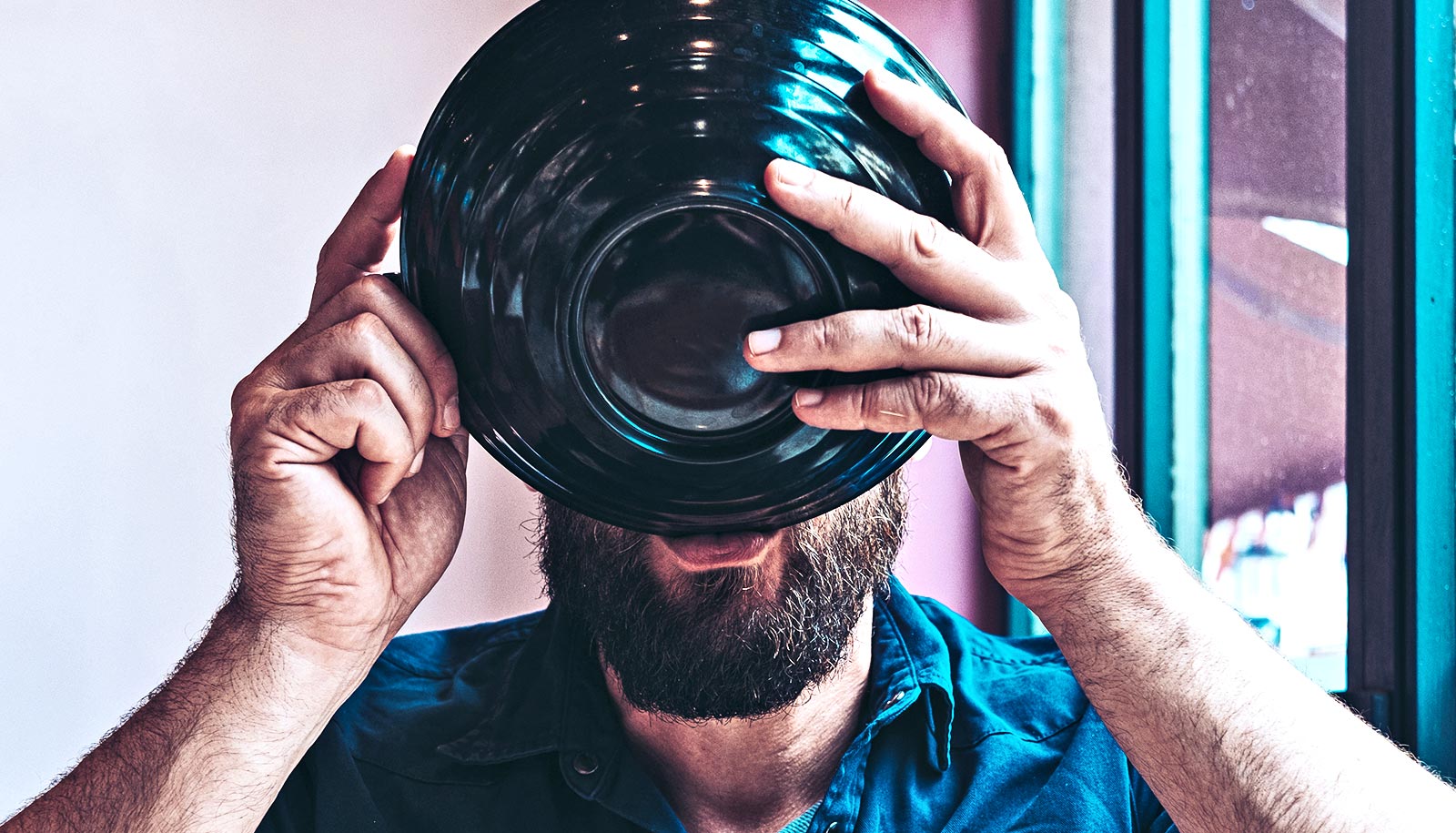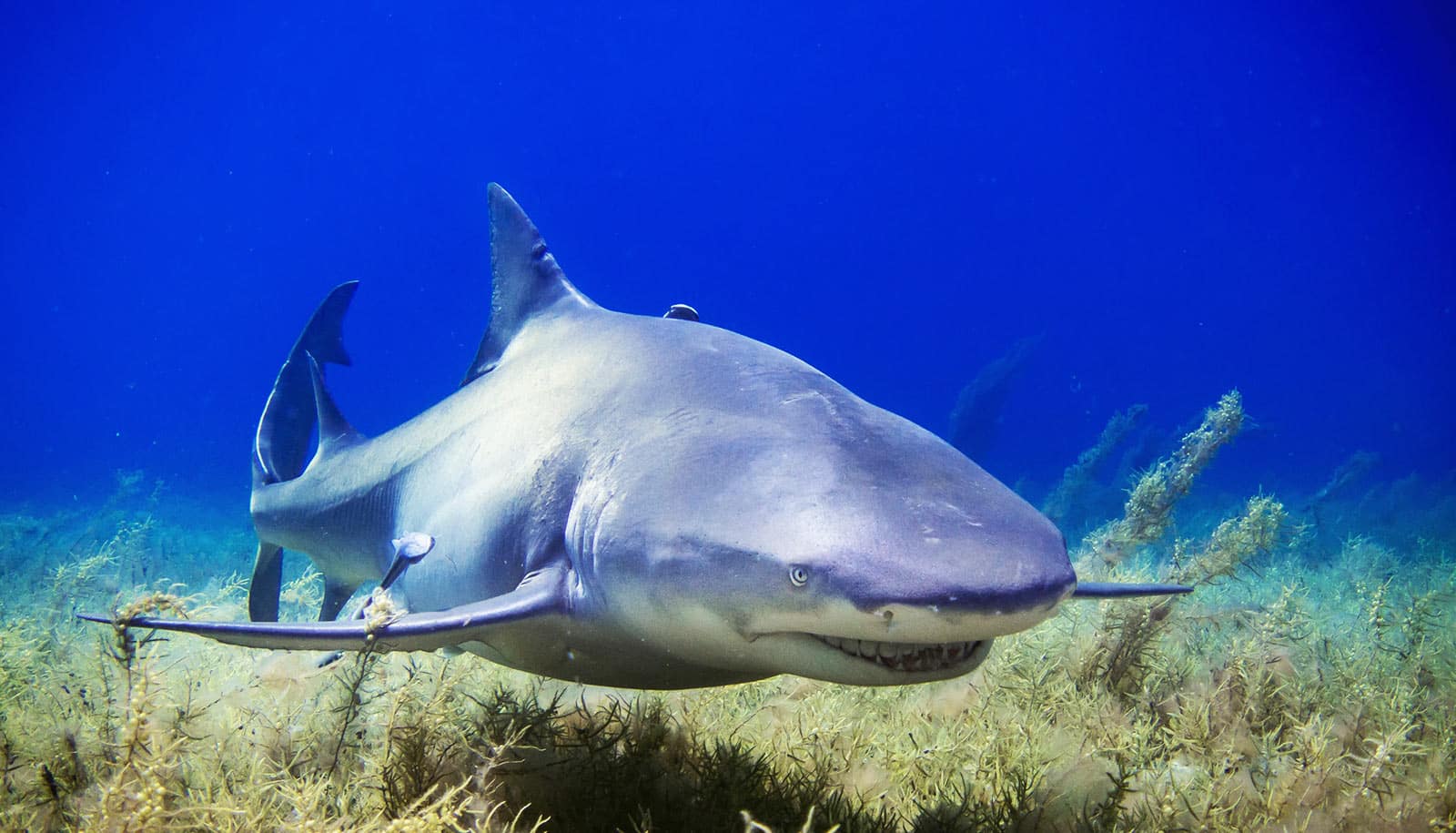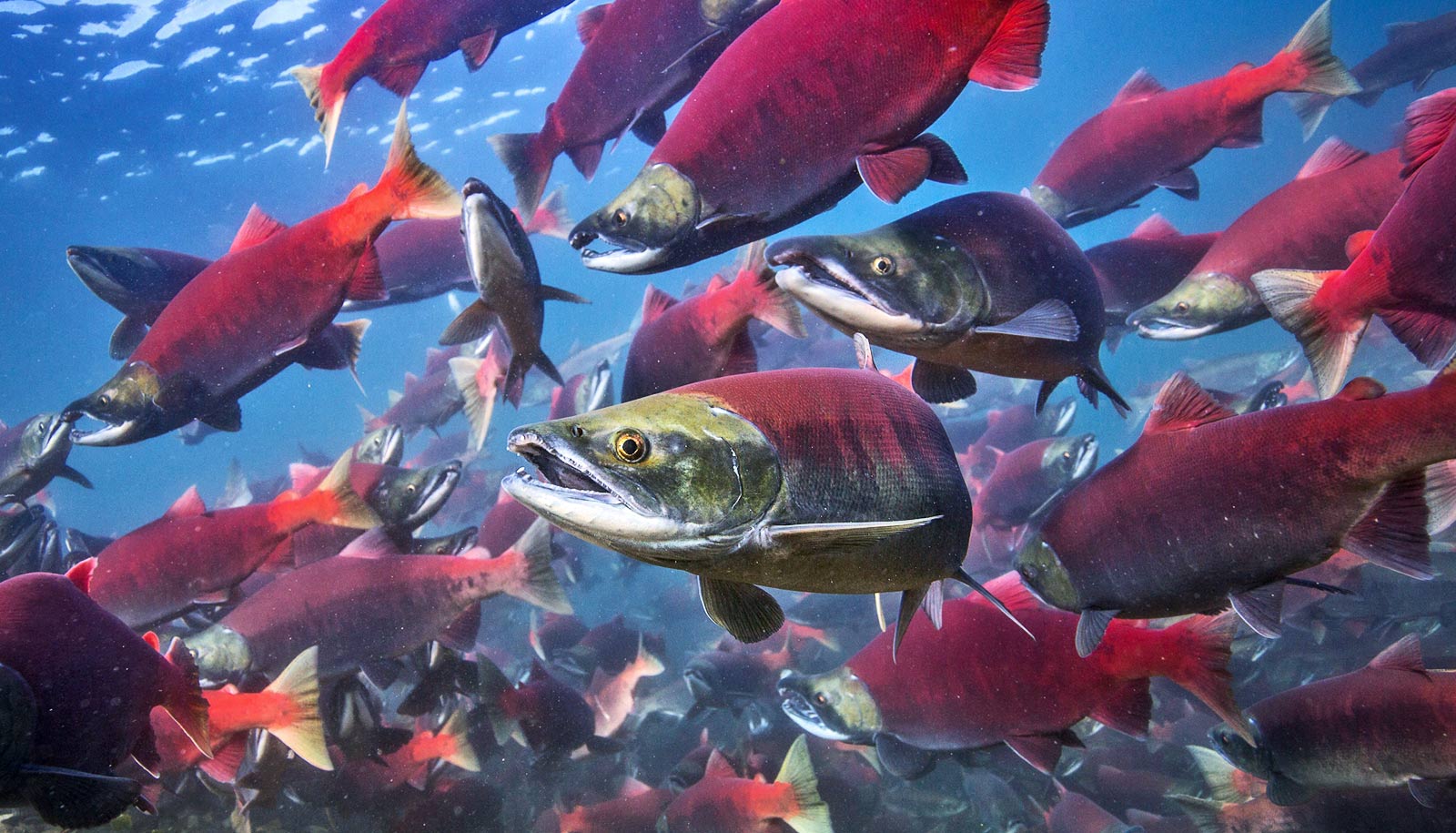
Adult sockeye salmon returning to spawn in the lakes of Bristol Bay, Alaska. (Credit: Jason Ching/U. Washington)
Sockeye salmon leaving home a year early
Salmon in Alaska's Bristol Bay are heading to the ocean a whole year earlier than they used to because of climate change and other fish.
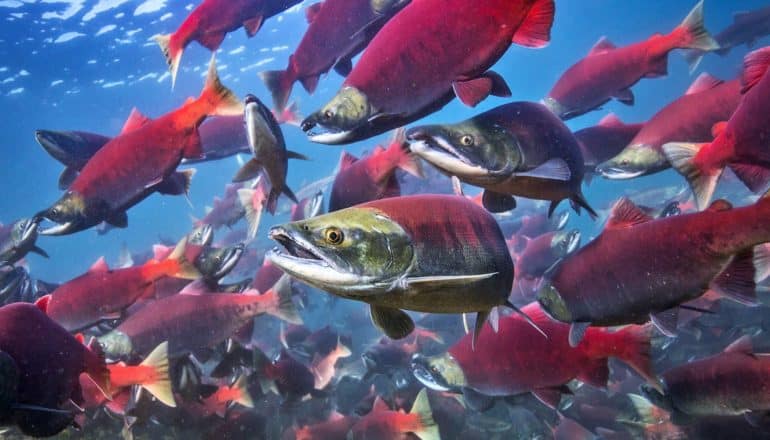
An ample buffet of freshwater food, which climate change has brought on, is altering the life history of one of the world’s most important salmon species, according to new research.
Sockeye salmon in Alaska’s Bristol Bay region are skipping an entire year in freshwater because climate change has produced more favorable conditions in lakes and streams, which allow the young fish to grow and put on weight much faster. Previously, these fish would spend up to two years in their birth lakes before heading to the ocean, where they feed and reach maturity two to three years later. Now they are more likely to head out to sea after only one year.
“Climate change is literally speeding up the early part of their lifecycle across the whole region,” says Daniel Schindler, a professor in the School of Aquatic and Fishery Sciences at the University of Washington and senior author of the study in Nature Ecology & Evolution.
“We know climate warming is making rivers more productive for the food juvenile salmon eat, meaning their growth rate is speeding up. That puts the salmon on a growth trajectory that moves them to the ocean faster.”
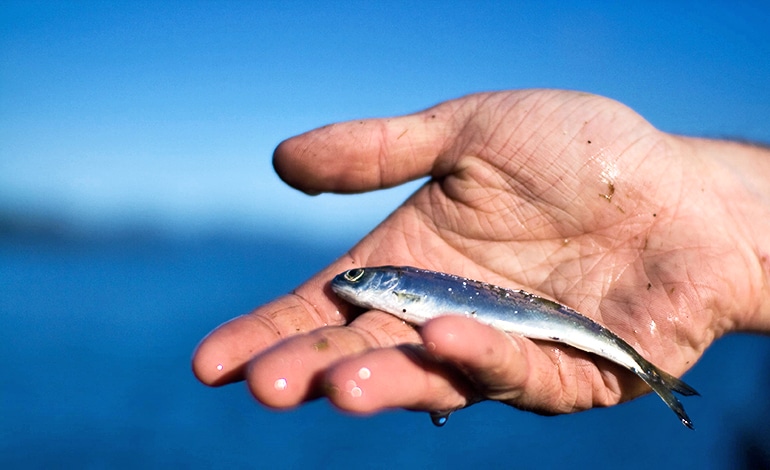
But this “jumpstart” in freshwater doesn’t necessarily benefit salmon in the long run. The same fish are now spending an extra year in the ocean, taking longer to grow and mature. Climate stressors—and other fish—are likely causing that extra year at sea.
Competing sockeye salmon
In the ocean, wild sockeye compete for food with close to 6 billion hatchery-raised salmon released each year throughout the North Pacific Ocean. That number has grown steadily since the 1970s, when hatcheries only released half a billion salmon.
“Hatchery fish have really changed the competitive environment for juvenile salmon in the ocean,” says lead author Timothy Cline, a postdoctoral researcher at the University of Michigan who completed this work as a doctoral student at the University of Washington.
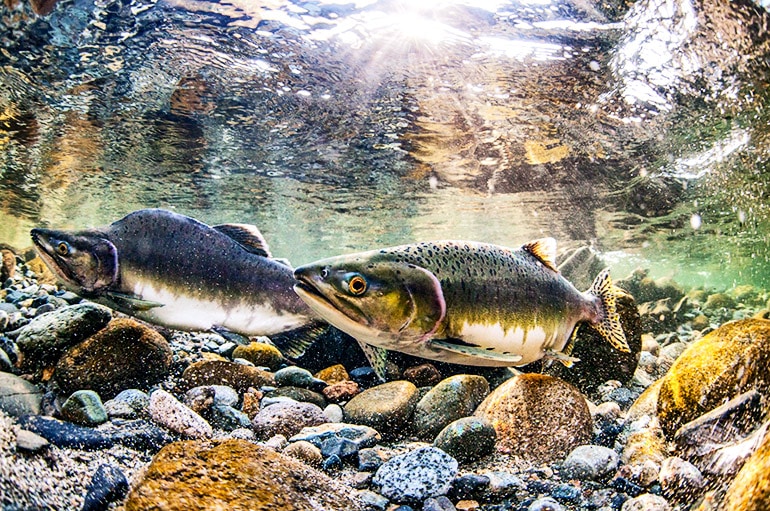
“In Bristol Bay, the habitat is totally intact and fisheries management is excellent, but these fish are living in lakes warming with climate change, then competing with other salmon for food in the ocean.”
The researchers drew on nearly 60 years of Bristol Bay sockeye data to tease out these changes over time. Close to half of the world’s wild sockeye is caught from this region, and more than 40 million fish usually return each year to Bristol Bay’s nine river systems to spawn.
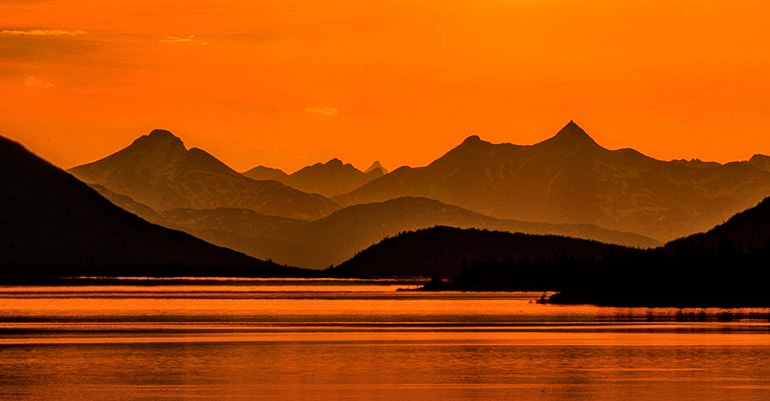
Too many fish in the sea?
Higher temperatures in the region have caused lakes and rivers to warm up earlier each spring, fueling the growth of tiny plankton that young sockeye eat. This extra food essentially fattens up the fish a year earlier, triggering their migration to the ocean.
The trend could negatively affect the resiliency of the Bristol Bay sockeye population, the authors say. Before, not every fish in a particular “age class” would migrate to the ocean in the same year, and any given year would see fish of different ages moving out to sea. This diversity of ages has helped the species navigate risks and survive.
But now, most sockeye are migrating at the same time, as 1-year-olds. This could devastate an entire age class if the ocean conditions happen to be poor one year. Additionally, scientists don’t know how many salmon the North Pacific can actually support.
“With climate change, is there a limit to how productive the ocean will become? We just don’t know where there’s a tipping point, especially as we fill the ocean with hatchery competitors,” Schindler says. “We need to be really cognizant about overstressing the marine resources that support wild salmon.”
The National Science Foundation and the Gordon and Betty Moore Foundation funded the work.
Source: University of Washington
The post Sockeye salmon leaving home a year early appeared first on Futurity.
Share this article:
This article uses material from the Futurity article, and is licenced under a CC BY-SA 4.0 International License. Images, videos and audio are available under their respective licenses.

